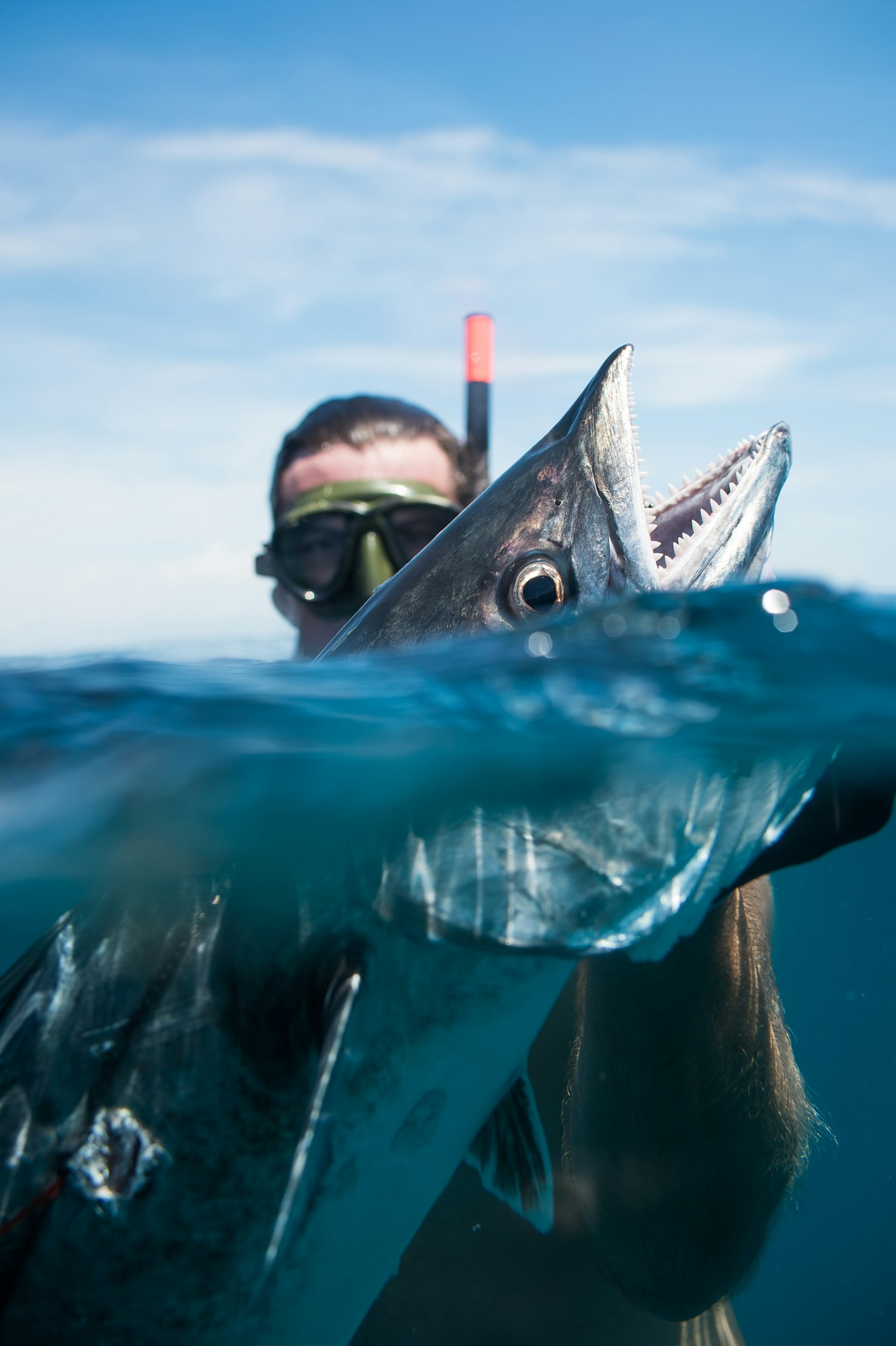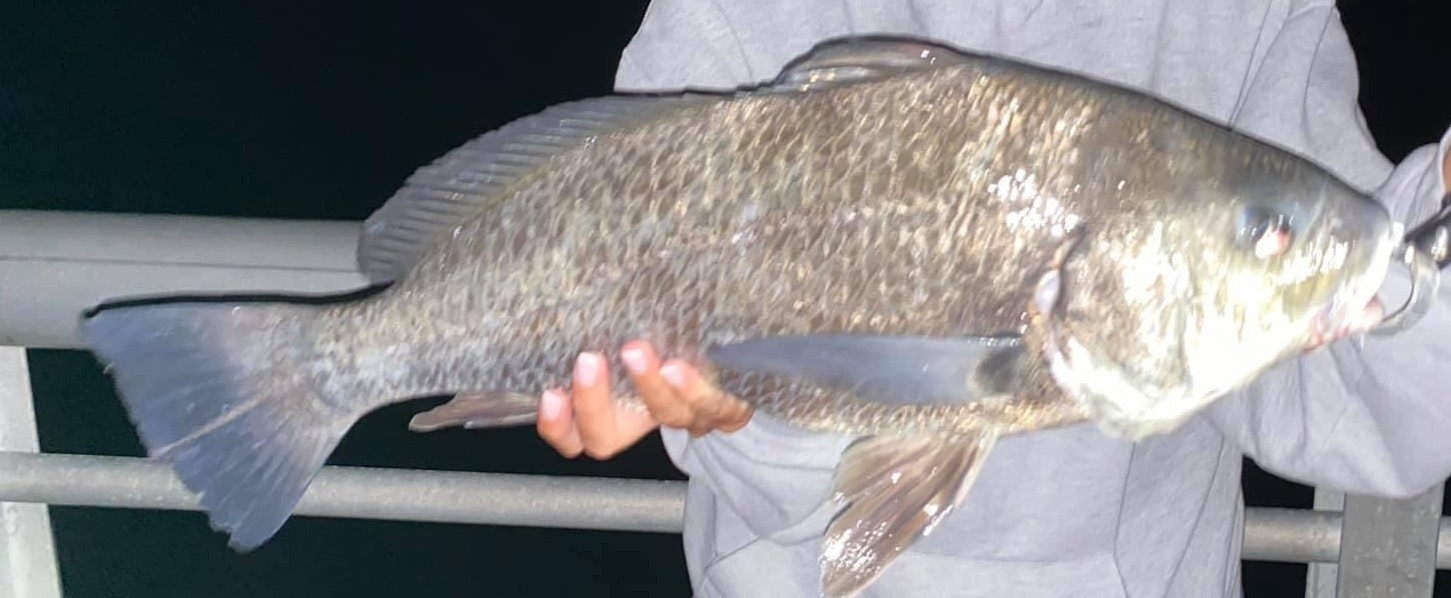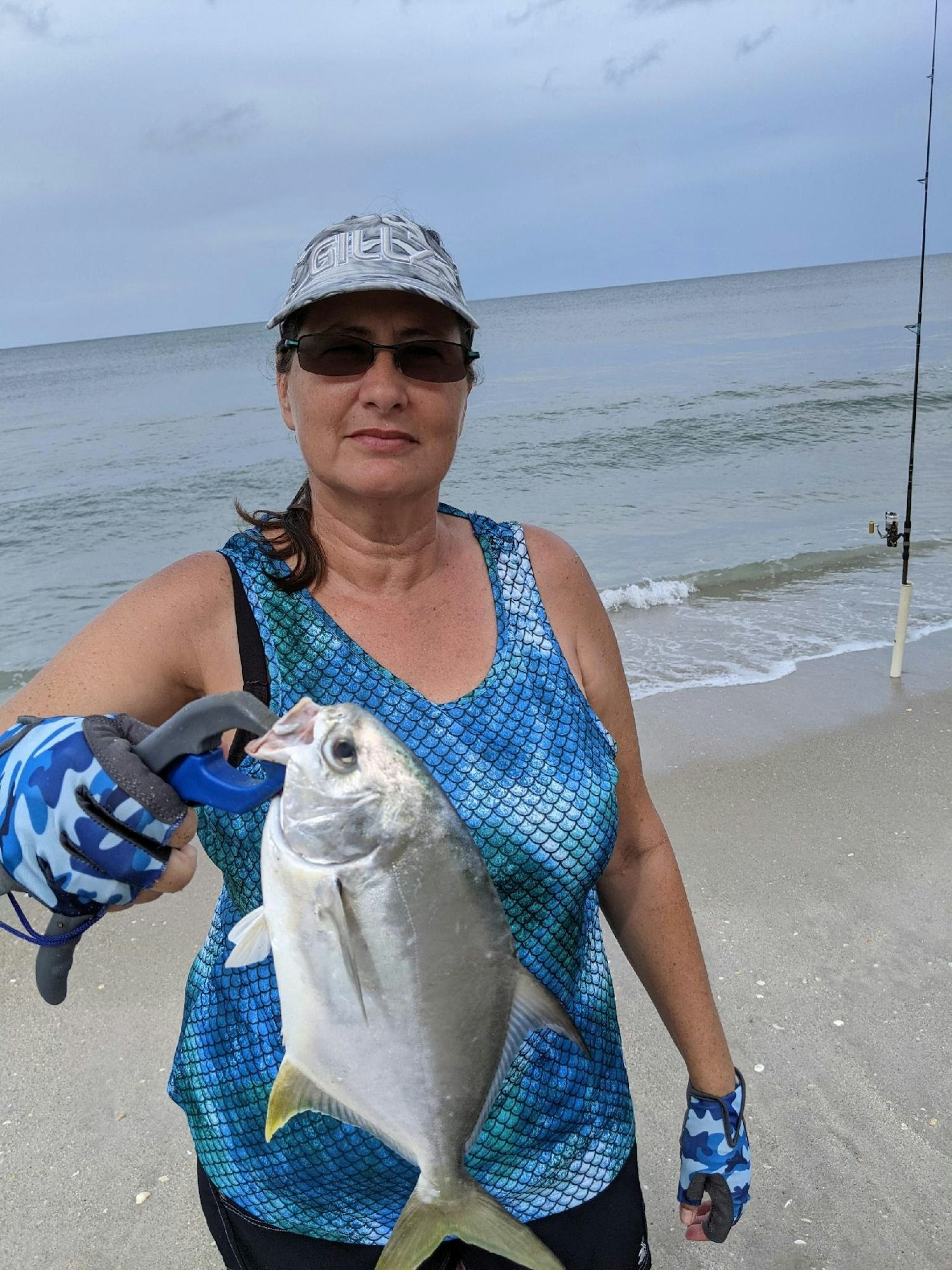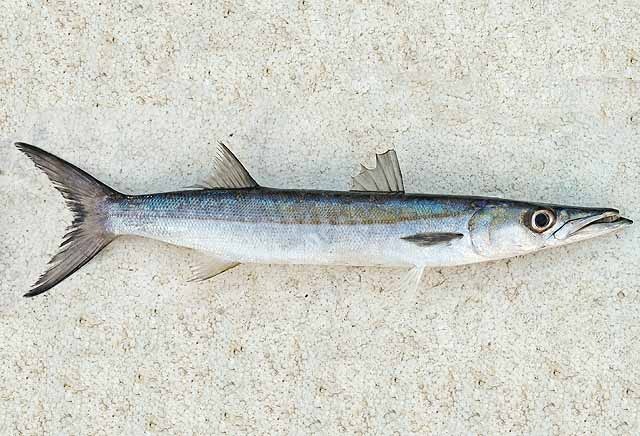Part Three: The Secret Lives of Sebastian Inlet's Fish


Some fish species use Sebastian Inlet as an off-ramp to some of the best restaurants in the Indian River Lagoon.
In part one of our fish series, we described reef fish that use Sebastian Inlet to spawn in the mangroves and seagrass beds of the 156-mile-long lagoon. In part two, we focused on the locals, the “resident reef fish” that spend their entire lives in the jetties and rock structures around the inlet. In our third installment, world-renowned biologist Dr. Grant Gilmore tells us about “estuarine feeders.”
“Most of the estuarine feeders are major predators that enter the lagoon for days, weeks, sometimes seasons, and feed, Dr. Gilmore says. “This group of fish doesn’t necessarily use the Indian River Lagoon as a nursery, but instead migrates into the estuary to feed on its abundant — at one time — food resources. Bluefish, pompano, various jacks and cutlassfish fall into this category.”
The bluefish (Pomatomus saltatrix) and the crevalle jack are two of the more common estuarine feeders that access the estuary via Sebastian Inlet.
“Both species will hit a variety of prey as they migrate up and down the lagoon,” Dr. Gilmore says.
Sebastian Inlet is one of the best places in Florida to fish for blues. Traveling in loose groups, these aggressive fish are known for feeding frenzies, attacking schools of forage fish. When on the Atlantic side of the inlet, bluefish will chase their prey into the surf zone, causing the water to erupt like a cauldron. Young bluefish devour crustaceans and small fish, while adults prefer a steady diet of menhaden (Brevoortia tyrannus), an oily baitfish. (Keep your hands away from their sharp teeth or you may get bitten).
Likewise, the crevalle jack (Caranx hippos) is a similarly powerful predator and will attack and eat anything it can. They prefer smaller schooling fish, such as pinfish, mullet, anchovies, Atlantic bumper, croaker and mackerel as the bulk of their diet.
Another member of the jack family, the Florida pompano (Trachinotus carolinus), can fly out of the water and "skip" across the surface, according to the Florida Fish and Wildlife Conservation Commission (FWC). Young lose their small cone-shaped teeth by the time they grow to 8 inches long. From then on, they use hard plates in their throats to crush their prey. You’ll see anglers fishing for pompano around spoil islands, sand bars, mud flats and seagrass flats in the Indian River Lagoon area.

“Pompano school through the lagoon eating creatures living on the bottom,” Dr. Gilmore says. “Shine a light across the surface at night and pompano will shower out of the water.
”Tarpon (Megalops atlanticus) also migrate through, but mostly along the beaches, hitting the schooling mullet,” Dr. Gilmore adds. “However, they also use the lagoon as a nursery, unlike the fishes I listed above.”

Perhaps the weirdest of the estuarine feeders is the cutlass fish (Trichiurus lepturus), which derives its name from its curved shape, reminiscent of a cutlass sword. They’re sometimes called ribbonfish because their glowing silver bodies resemble ribbons as they move through the water.
“I remember cutlass fish schools that would come through cutting menhaden in half with their barracuda-like teeth,” Dr. Gilmore says. “They are the only fish in our area that has a fishhook-like barb on their canine in front of the mouth. They actually bounce on that narrow tail with their body coiled as they ascend toward the surface to hit their prey.”
Adult cutlass fish feed mainly on other fishes, such as herrings, anchovies, drums, jacks, and catfishes, though they'll also dine on shrimps and squids if the opportunity arises. They frequently eat each other, as well.

The Indian River Lagoon, thanks to the Sebastian Inlet, is one of the only Florida estuaries that sees schools of a tropical barracuda called the Guaguanche (Sphyraena guachancho), a beautiful fish with a gold stripe down its side.

“They are chunky and about two to two and a half feet long,” he says. “I do not think any other Florida estuary experiences a Guaguanche migration down the Intracoastal Waterway.”
The significance of Sebastian Inlet as a thoroughfare for estuarine feeders is not lost on Sebastian Inlet District Commission Chair Jenny Lawton Seal, who is following in the footsteps of her grandfather, Tom Lawton, who served the District for 16 years. It was her grandfather who instilled in her a great love and respect for all of Florida’s waterways.
“For more than a century, the District’s primary function has been to maintain the navigational channel within the inlet,” Lawton Seal says. “The ancillary benefit of the District’s work is that a healthy, flowing inlet provides that passageway between the estuary and the Atlantic ocean that inlet feeders need to survive.”
Who we are: Created as an independent special taxing district in 1919 by special act of the Florida State Legislature, the Sebastian Inlet District was chartered to maintain the navigational channel between the Atlantic Ocean and the Indian River. The Sebastian Inlet District is responsible for bypassing sand that migrates into the inlet system to downdrift beaches per the Florida Beach & Shore Preservation Act, and conducts periodic dredging, channel maintenance, sand bypass and beach renourishment projects. Other critical functions include erosion control, emergency beach and dune repair, shoreline stabilization and inlet infrastructure maintenance, public safety in navigation, and environmental monitoring and protection. The Sebastian Inlet District routinely collaborates with marine scientists to conduct biological monitoring of the critically important habitats surrounding the inlet that support a broad range of different species.
Posted 10-16-23


